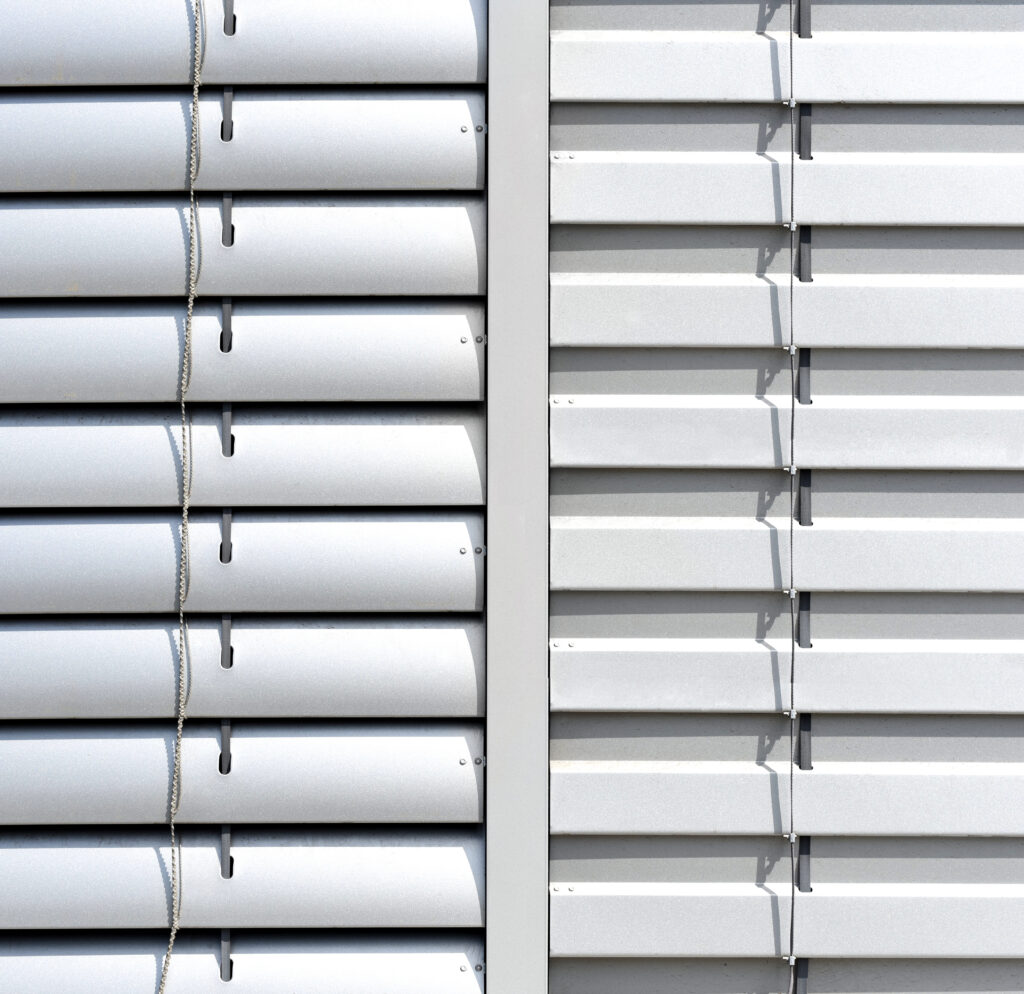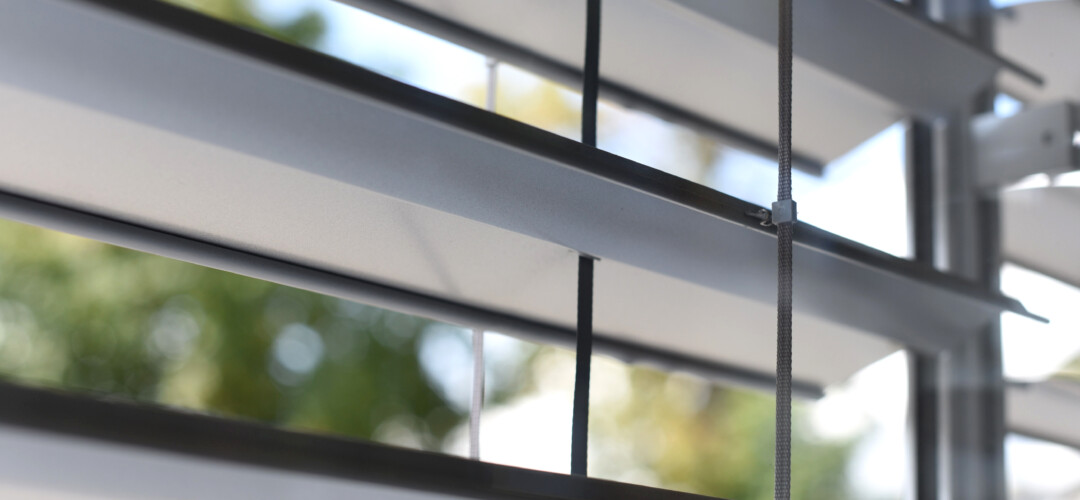External (Facade) Blinds – A popular type of sunshade for offices and homes. What are the benefits of facade blinds, and which kind of construction is worth choosing?
What are Facade Blinds?
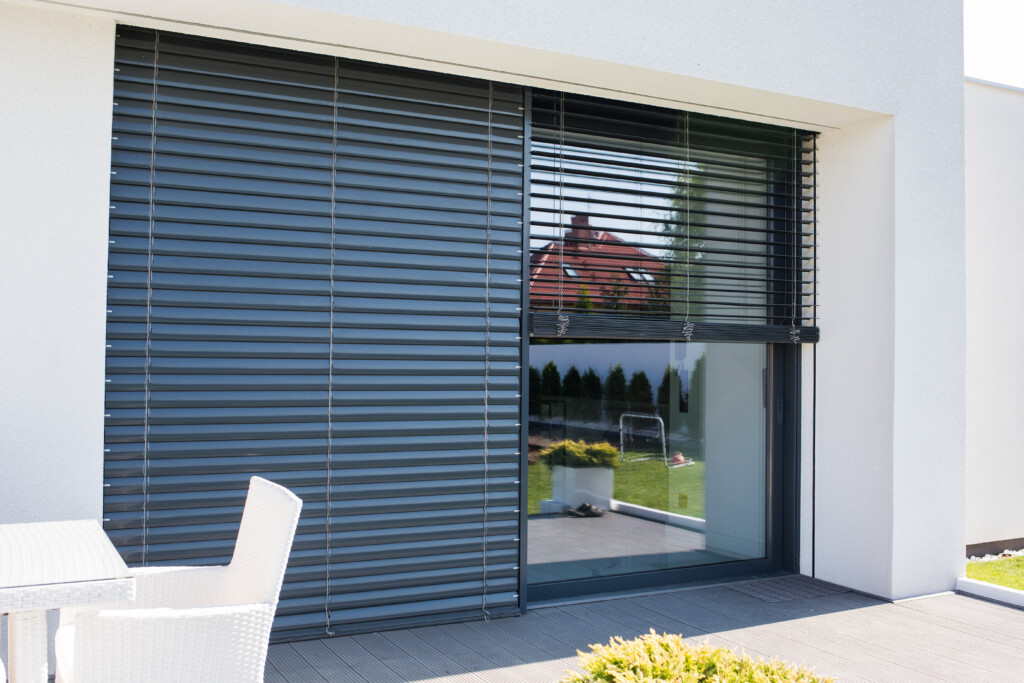
These are modern sun protection systems installed on the exterior side of windows. Their design allows them to cover even very large glazed surfaces. They effectively shield against sunlight and enable users to freely adjust the amount of light entering the room. These blinds can be installed in both new and renovated buildings.
Advantages of external blinds
- Covering large glazed areas.
Thanks to their lightweight and simple design, external blinds can cover extremely large surfaces—larger than those manageable by traditional external roller shutters. They are called “facade blinds” because they can cover large glass facades, with a single blind reaching dimensions up to 450 x 350 cm. - Multiple control options.
External blinds can be fully automated—controlled via remote control, switch, or smartphone. They can also be integrated with smart home systems and weather or sun-tracking sensors. This allows the slats to adjust automatically to the angle of sunlight, and during strong winds, the blinds can retract automatically into their casing. - Customizable to the building’s facade.
The standard color palette includes 14 popular shades that complement various architectural styles and facade types. The constructions can also be powder-coated in any RAL color, allowing them to match nearly any facade. Additionally, the blind’s box can be equipped with an extension to allow external plaster to cover it, hiding the structure within the facade.
Types of facade blinds
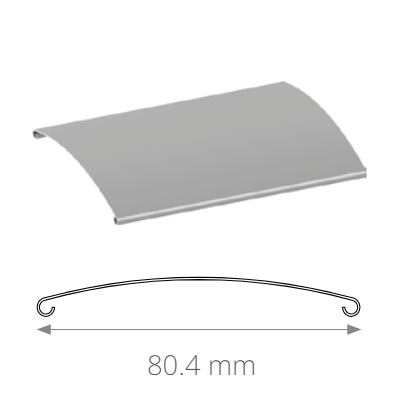
C-shaped slats – C-80 BOX
Slats with curled edges that offer good wind resistance. Maximum size: 450 x 300 cm. The C-80 is a universal model suitable for various buildings: offices, single-family homes, and public facilities.
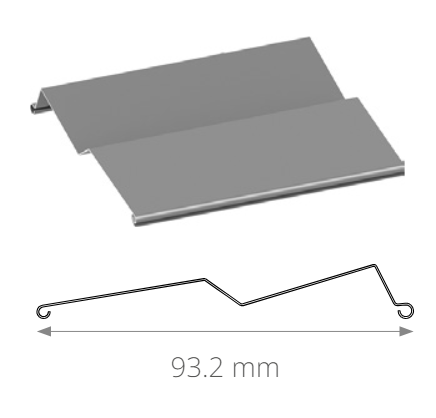
Z-shaped slats – Z-90 BOX
This model offers the highest level of blackout and can cover larger glazed areas—up to 450 x 350 cm. The double inward profiling of the slats increases rigidity and wind resistance. The system also includes a noise-dampening profile when closing. Z-90 is ideal for many building types but is especially appreciated in modern, elegant projects for its unique design.
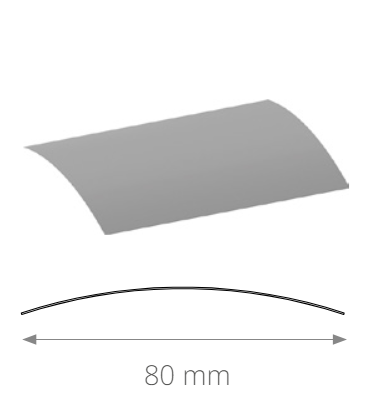
Slanted C-shaped slats – C-80 Flexi
Designed for non-standard window shapes, including trapezoidal windows. The C-80 Flexi allows for slat angles up to 50°. It includes a mechanism to adjust textile strap lengths during raising/lowering and features a telescopic bottom bar to align the width based on position. Maximum dimensions: 250 x 400 cm.
Recessed vs. surface-mounted blinds
All blinds are available in recessed and surface-mounted versions.
- Recessed version is most commonly chosen, with the box hidden behind the facade’s surface. It can also come with additional lintel insulation, reducing heating and cooling costs.
- Surface-mounted version is ideal for renovated buildings where recessed installation is difficult or would require structural changes. The box is mounted directly on the facade. While practical, it does not offer the same aesthetic effect as the recessed option.
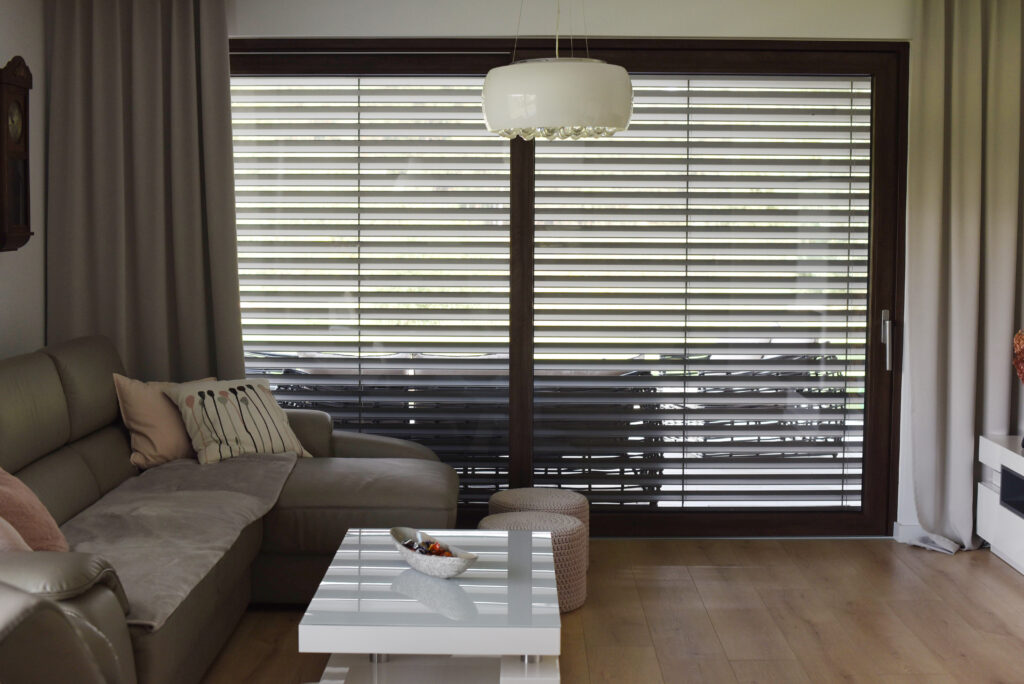
Which blinds should you choose?
The building type, its purpose, applied construction solutions, architectural concept, and investor budget—all these factors influence the choice of blinds. While color is a matter of personal taste, we recommend recessed versions for new buildings to enhance elegance. Both C-80 and Z-90 models work well here, with Z-90 being ideal for large glazed facades. When combined with slanted blinds, the result is impressive!
However, if budget is a concern or you’re renovating, the surface-mounted version is a great, reliable option. A well-balanced evaluation of each feature will help you make the best choice for your sun protection system.
Interested in B2B cooperation? Get in touch with our specialist – click the button below or fill out the form.
